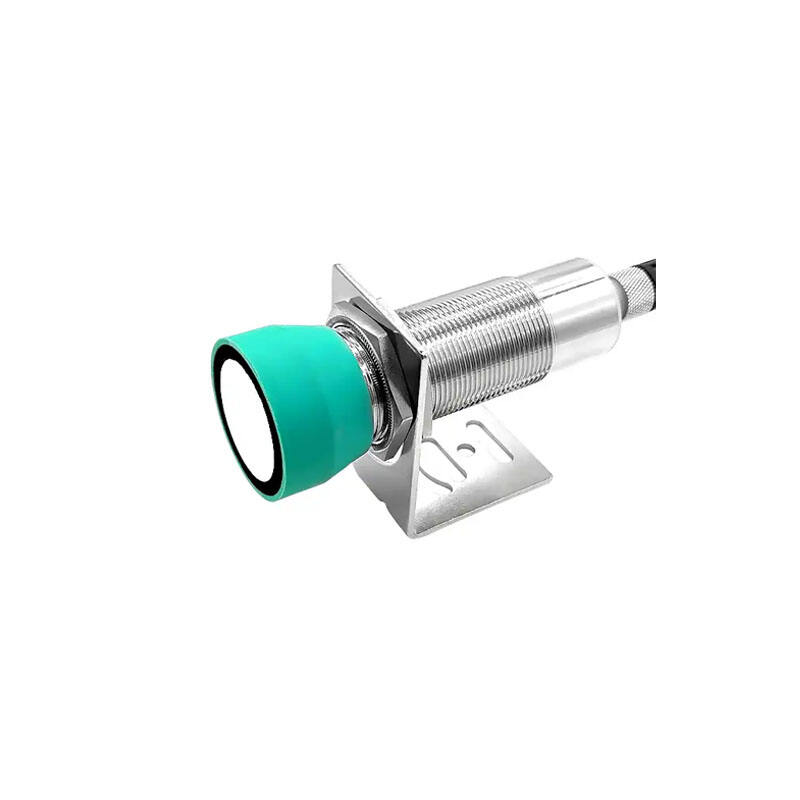ultrasonic sensor liquid level measurement
Ultrasonic sensor liquid level measurement represents a cutting-edge solution for monitoring fluid levels across various industrial applications. This non-contact measurement technology operates by emitting high-frequency sound waves that bounce off the liquid surface and return to the sensor. The device calculates the liquid level by measuring the time taken for the sound waves to travel this distance. The system comprises an ultrasonic transducer that both transmits and receives acoustic signals, sophisticated signal processing electronics, and temperature compensation mechanisms to ensure accurate readings. Operating at frequencies typically between 20 kHz and 200 kHz, these sensors can effectively measure levels in tanks, vessels, and containers ranging from a few centimeters to several meters in depth. The technology excels in managing diverse liquid types, from water and oils to chemicals and slurries, without direct contact with the medium. Advanced models incorporate automatic calibration features, digital displays, and various output options including 4-20mA, HART protocol, or digital communications. The system's versatility allows for installation in both open and closed vessels, making it suitable for applications in water treatment, chemical processing, food and beverage production, and pharmaceutical manufacturing.












